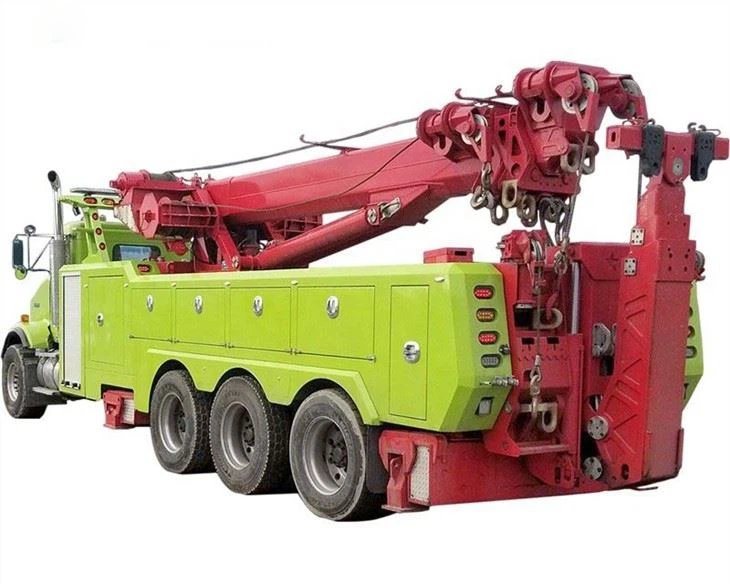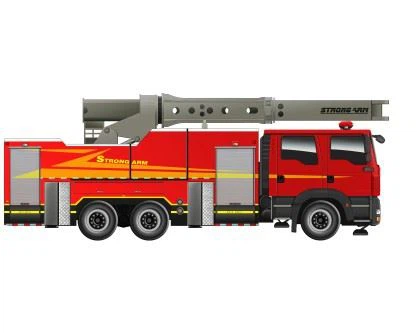Comprehensive Guide to Compactors and Balers: Essential Equipment for Waste Management

In today’s world, effective waste management is more important than ever. Businesses and municipalities are constantly seeking ways to reduce waste volume, save on transportation costs, and promote recycling. Two key pieces of equipment that play a crucial role in this process are compactors and balers. This article will explore these machines in depth, including their functions, benefits, types, and best practices for use.
Understanding Compactors and Balers

What is a Compactor?
A compactor is a machine designed to reduce the volume of waste materials by applying pressure. Compacting waste helps to maximize space in landfills and reduces the frequency of waste collection.
What is a Baler?
A baler, on the other hand, is a machine that compresses recyclable materials into compact bales for easier handling, storage, and transportation. Balers are widely used in recycling operations and play a significant role in reducing landfill waste.
How Compactors and Balers Work
Compaction Process
Compactors work by utilizing hydraulic pressure or mechanical force to compact waste into a smaller volume. Typically, the waste is loaded into a chamber, and the compaction mechanism compresses the materials. The result is a dense block or bundle of waste that occupies significantly less space.
Baling Process
The baling process involves feeding recyclable materials into the machine, where they are compressed into dense bales. The baler then binds these bales with wire or plastic straps, allowing for easier handling and storage. The compact size of the bales makes them ideal for transport to recycling facilities.
Types of Compactors
Stationary Compactors
Stationary compactors are typically placed in one location, making them suitable for businesses with high waste volumes. They are permanently installed and often used in conjunction with a compaction container for transporting waste.
Self-Contained Compactors
Self-contained compactors are mobile units that integrate a compaction chamber and a waste container. These compactors are ideal for establishments where waste must be contained as it is compacted, such as restaurants and food processing facilities.
Vertical Compactors
Vertical compactors are designed for smaller waste volumes and are great for businesses with limited space. They occupy a smaller footprint and are usually loaded from the top.
Mobile Compactors
Mobile compactors can be moved from site to site, making them ideal for construction sites or other temporary projects. They offer flexibility in waste management across various locations.
Types of Balers
Vertical Balers
Vertical balers are commonly used for cardboard, paper, and plastics. They are operated manually and require loading materials from the top. Vertical balers occupy less space, making them suitable for smaller operations.
Horizontal Balers
Horizontal balers are designed for larger volumes of material. They offer a higher throughput and are suitable for continuous feeding of recyclable materials. Horizontal balers are commonly found in recycling facilities and manufacturing plants.
If You Need a Baler for High Volumes
| Feature | Horizontal Baler | Vertical Baler |
|---|---|---|
| Volume Capability | High | Moderate |
| Space Requirement | Larger | Smaller |
| Ease of Operation | Requires more training | Simple operation |
Benefits of Using Compactors and Balers
Cost Savings
Using compactors and balers can lead to significant cost savings in waste disposal. By reducing the volume of waste, businesses require fewer pickups, substantially lowering their waste management expenses.
Space Optimization
Both compactors and balers help optimize space in waste storage areas. They allow businesses to store larger quantities of waste and recyclables in a smaller footprint, freeing up valuable operational space.
Environmental Impact
By compacting and baling waste and recyclable materials, businesses contribute to sustainability efforts. These machines facilitate recycling processes, ultimately reducing the amount of waste sent to landfills.
Choosing the Right Equipment
Assessing Your Waste Volume
The first step in choosing the right compactor or baler is to assess the volume and type of waste your organization generates. High volume operations may benefit from horizontal balers or large stationary compactors, while low volume scenarios might only need a vertical baler.
Understanding Your Space Limitations
Consider available space when selecting equipment. Vertical compactors and balers may be ideal for tight spaces, while larger operations might accommodate horizontal models.
Evaluating Waste Types
Different types of compactors and balers are designed for specific waste materials. Make sure to choose equipment that matches the materials you will be processing to maximize efficiency.
Best Practices for Operating Compactors and Balers
Regular Maintenance
Like any machinery, regular maintenance is essential to ensure that compactors and balers operate efficiently. Schedule routine inspections and servicing to identify any potential issues.
Training Employees
Proper training for employees who will operate the equipment is crucial. Ensure that staff understands how to safely and effectively use the machines to maximize performance and minimize accidents.
Monitoring Load Capacity
Exceeding the load capacity of compactors and balers can lead to mechanical failures and pose safety risks. Always monitor the load and adhere to the manufacturer’s guidelines regarding load limits.
Case Studies: Success Stories of Compactors and Balers in Action
Case Study 1: A Retail Chain
A national retail chain implemented vertical balers in their stores to manage cardboard waste generated during shipping and stocking. As a result, the stores reduced waste pickup frequency by 50%, leading to significant cost savings and improved waste management efficiency.
Case Study 2: Construction Site
A construction company utilized mobile compactors on-site to manage construction debris. The compactors significantly reduced waste volume, allowing for a more streamlined waste disposal process and compliance with local regulations.
Future Trends in Compactors and Balers
Automated Systems
The future is likely to see more automated systems in waste management, including compactors and balers. These advancements would increase efficiency, reduce labor costs, and minimize human error.
Integration with Smart Technology
Compacting and baling machines may also incorporate smart technology to monitor performance, provide maintenance alerts, and optimize waste management operations in real-time.

Frequently Asked Questions (FAQ)
1. What materials can I compact or bale?
Compactors and balers can handle various materials, including cardboard, plastic, metal, and paper. However, it’s crucial to select the right model for specific materials to ensure effectiveness.
2. How often should I maintain my compactor or baler?

Regular maintenance should be scheduled based on usage, but generally, quarterly inspections and servicing can help prevent issues from arising.
3. Can compactors and balers be used outdoors?
While some compactors and balers can be used outdoors, it’s essential to choose models designed for outdoor conditions to ensure longevity and proper functioning.
4. Are there size limitations for baled materials?
Yes, there are size limitations based on the type of baler being used. Vertical balers typically create smaller bales, while horizontal balers can accommodate larger volumes of materials.
5. What should I do if my compactor or baler jams?
If a compactor or baler jams, stop the machine immediately and follow the manufacturer’s guidelines for clearing jams. It’s important to never attempt to clear a jam while the machine is running.
6. What is the average lifespan of a compactor or baler?
The lifespan of a compactor or baler can vary based on usage and maintenance but generally ranges from 10 to 15 years with proper care and servicing.
